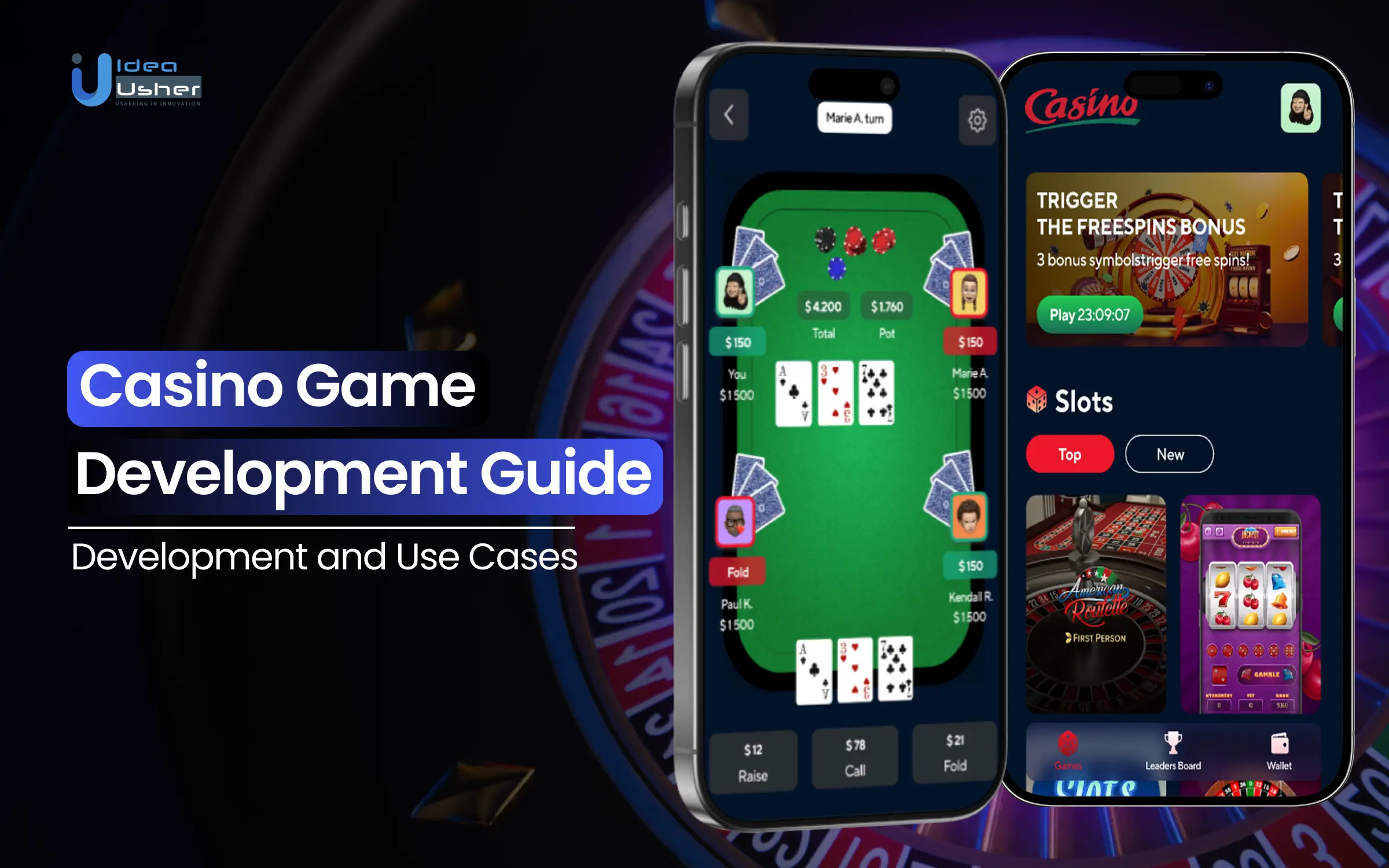The psychology behind casino game design and player retention

You sit down, press a button, and watch the reels spin. It’s simple, right? A game of pure chance. But honestly, that simplicity is an illusion—a meticulously crafted experience designed by some of the smartest psychologists and data analysts in the world. The goal isn’t just to entertain you for a few minutes. It’s to create a state of flow, a compelling loop that makes you want to play… just one more time.
Let’s pull back the curtain. The truth is, every color, sound, and animation in a modern slot machine or digital table game is there for a reason. It’s a symphony of psychological triggers working in concert to maximize player retention. Here’s the deal: understanding these principles isn’t just about casinos. It reveals a lot about human motivation itself.
The hook: variable rewards and the power of “maybe”
The most powerful force in casino game design is something called a variable ratio reinforcement schedule. Sounds complicated, but you experience it all the time. It’s the same psychology that keeps you checking your phone for notifications. You don’t get a ‘like’ every time you look, but the possibility that you might is enough to keep you hooked.
In casino terms, this is the essence of the slot machine. You never know which spin will be the big winner. That uncertainty—the “maybe next time” feeling—triggers a huge release of dopamine in the brain. It’s the anticipation of the reward, often more than the reward itself, that’s so compelling. Our brains are wired to find patterns, so even near-misses (when two jackpot symbols line up with a third just above or below) are interpreted as “almost wins,” encouraging us to try again. It feels like progress.
Sensory overload (in a good way)
Walk into a casino, and your senses are immediately engaged. The same principle applies to the digital realm. Game designers use a multi-sensory attack to create an immersive, exciting atmosphere that dulls your sense of time and outside worries.
Sights and sounds
Bright, contrasting colors are used to attract attention and create a sense of energy. Winning combinations are accompanied by flashing lights and celebratory animations. And the sounds? They’re crucial. The spinning reels have a specific sound. But the sound of a win—that’s a symphony. Coins clinking, triumphant music, digital fanfares… these auditory cues are pure positive reinforcement. Even the background music in many games is carefully composed to be stimulating but not distracting, keeping you in the zone.
The illusion of control
Many games introduce elements that make players feel like their skill influences the outcome, even when it doesn’t. For instance, being able to “stop the reels” yourself or make a bonus round decision gives a false sense of agency. This is a key player retention tactic. If you feel like your actions matter, you’re more invested in the outcome. It’s no longer just random chance; it’s your game.
Building commitment: loss aversion and the sunk cost fallacy
Psychologists have found that losses loom larger than gains. The pain of losing $100 is far more intense than the pleasure of winning $100. Game design plays on this. “Bonus buy” features, where you pay a larger sum to skip straight to a bonus round, directly exploit loss aversion. You’ve already spent the money, so you’re committed to seeing it through.
This ties into the sunk cost fallacy—the idea that we continue a behavior because of the resources we’ve already invested. You might think, “I’ve been playing this slot for an hour; I can’t stop now, a win must be coming soon.” The game design encourages this line of thinking through long, engaging bonus rounds and progressive jackpots that build over time.
How games keep you playing: retention mechanics decoded
Beyond the core psychology, specific game features are engineered for one purpose: to increase session time and encourage return visits.
| Feature | Psychological Principle | Player Retention Impact |
| Bonus Rounds | Variable Rewards, Goal Setting | Extends play session; provides a mini-game with a clear objective. |
| Progress Bars & Level-Ups | Goal-Gradient Effect (we accelerate effort as we near a goal) | Makes players feel like they are achieving something, building towards a reward. |
| “Losses Disguised as Wins” (LDWs) | Positive Reinforcement | When you win less than your original bet, the game still celebrates with sounds and lights, creating a false win. |
| Daily Bonuses & Loyalty Points | Reciprocity & Consistency | Encourages daily logins and builds a habit. Players feel obligated to use “free” credits. |
The dark side and the need for awareness
It’s important to talk about this. These design techniques are incredibly effective, and for a small percentage of people, they can contribute to problematic gambling behaviors. Recognizing these mechanics is the first step toward mindful engagement. Are you playing for fun, or are you chasing a loss, convinced the next spin will be the one? That distinction is everything.
Responsible game designers and platforms now incorporate features like reality checks (pop-up reminders of how long you’ve been playing), deposit limits, and self-exclusion tools. It’s a nod to the power of these psychological principles and the ethical need to mitigate their potential harm.
Final thoughts
So, the next time you see those reels spin, you’ll see more than just a game. You’ll see a complex tapestry of human psychology woven into every aspect of the experience. From the thrilling uncertainty of a variable reward to the comforting, habit-forming nature of a daily login bonus, it’s all by design.
This knowledge isn’t meant to spoil the fun—but to deepen your understanding of why these games are so captivating. It’s a fascinating, and frankly, a little humbling, look at how our own minds work. The real jackpot might just be the awareness of the game within the game.







